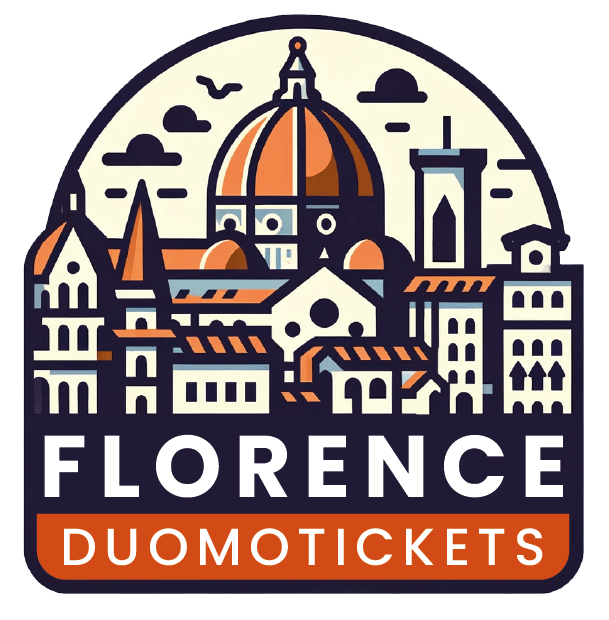
La storia del campanile di Giotto – Un viaggio nel tempo e nell'arte
Sapevate che a volte per viaggiare basta osservare e leggere le storie che i monumenti raccontano? È il caso del Campanile di Giotto a Firenze, un capolavoro architettonico situato nel cuore della città, che racconta la storia dell'arte europea e quella di tante maestranze dell'epoca della sua costruzione.
Il campanile è sinonimo di tempo, scandito dal tintinnio delle sue campane. Supponiamo che in passato non tutti avessero a disposizione orologi per controllare il passare delle ore. In tal caso, i campanili assumono un valore ancora più importante, perché avevano (e ancora oggi, alcuni conservano tradizionalmente questo ruolo) il compito di rendere tangibile il tempo. Ma non solo. Svolgevano il prezioso ruolo di avvertire i cittadini degli eventi essenziali della vita cittadina. Ecco perché i campanili sono edifici che affascinano tutti, grandi e piccoli, con il suono delle campane.
Campanile di Giotto
Nel 1334, Giotto di Bondone, un grande maestro fiorentino, decise di progettare una serie di bassorilievi per il Campanile progettato da Arnolfo di Cambio, il principale architetto della città. Nel suo progetto, Giotto inserì la storia dell'arte e del lavoro umano nelle pareti del Campanile, utilizzando il simbolismo dell'edificio stesso come "sovrano" del tempo. Sette pannelli, o bassorilievi, sono disposti in due file su ciascuna delle tre pareti, progettati da Giotto ed eseguiti da Andrea Pisano. Muovendosi da sinistra a destra, partendo dalla parete ovest, la storia viene raccontata: la prima fila mostra l'arte e il lavoro svolto dall'uomo, e la seconda fila rappresenta le forze celesti e spirituali che governano i vari tipi di lavoro.
Le storie del lato ovest dell'edificio
Il lato ovest è relativamente semplice da leggere in quanto illustra le opere primordiali che l'uomo ha intrapreso. La storia è raccontata da un punto di vista cristiano, come dimostrano i due eventi alla base di questa religione: la creazione di Adamo ed Eva. Poi, muovendoci da sinistra verso destra, ci troviamo di fronte ai pannelli che rappresentano la prima opera, l'invenzione della pastorizia, della musica, della metallurgia e infine della vinificazione, tutti realizzati da Andrea Pisano e dalla sua bottega. La seconda fila del lato ovest del campanile rappresenta i sette pianeti che governano l'opera dell'uomo: la Luna (che all'epoca era considerata un pianeta), Mercurio, Venere, Sole (quanto alla Luna, era considerata un pianeta), Marte, Giove, Saturno.
Spostandoci sul lato sud delle mura, scopriamo le virtù teologali e cardinali. Da sinistra a destra, troviamo la rappresentazione di Fede, Carità (Amore) e Speranza per le Virtù Teologali e Prudenza, Giustizia, Temperanza e Fortezza per le Virtù Cardinali. I pannelli della prima fila rappresentano l'arte dell'astronomia, dell'architettura, della medicina, l'arte dell'equitazione, della tessitura e della legislazione e, infine, la meccanica, rappresentata da una figura di Dedalo.
Le storie del lato est dell'edificio
Il lato est del campanile è dedicato alle sette arti liberali, considerate all'epoca il fondamento di ogni conoscenza. I pannelli rappresentano grammatica, logica, retorica, aritmetica, geometria, musica e astronomia da sinistra a destra.
Le storie del lato nord dell'edificio
Il lato nord del campanile è dedicato ai sette sacramenti della Chiesa cattolica. Da sinistra a destra, i pannelli rappresentano il battesimo, la cresima, l'Eucaristia, la penitenza, l'unzione degli infermi, gli ordini sacri e il matrimonio.
